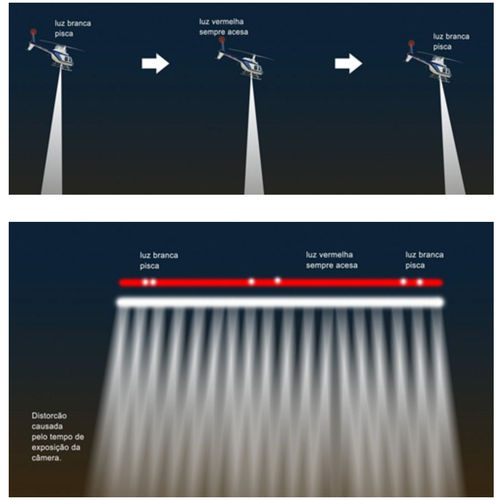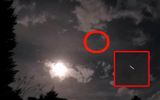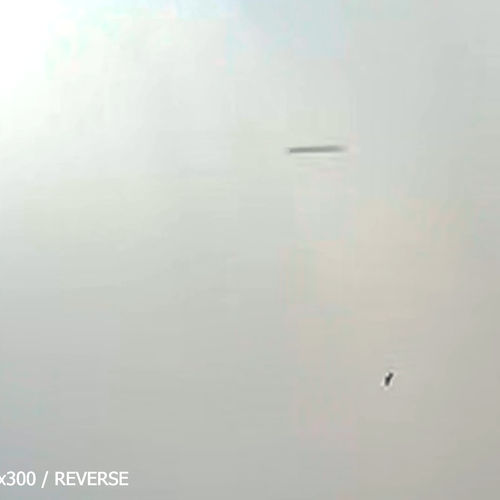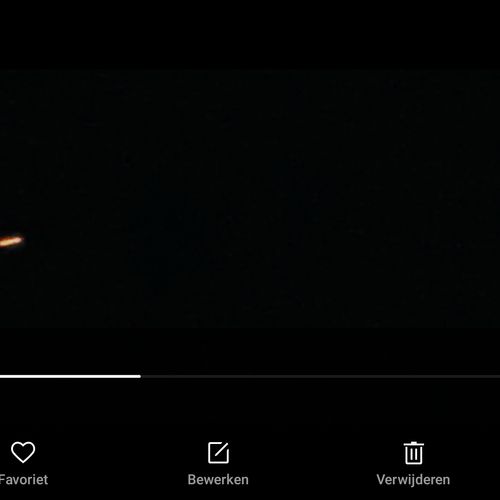| ID | #1484472947 |
| Added | Sun, 15/01/2017 |
| Author | July N. |
| Sources | |
| Phenomena | |
| Status | Investigation
|
Initial data
On the evening of Tuesday 10 January 2017 Florida resident filmed the full moon and caught two cylindrical UFOs.
Tony Bradford went out at 18:45. He decided to record his black-and-white camera GoPro HERO5 beautiful cloudy sky and a full moon. Later, doing the editing of your video, shaken by the operator found that made two UFOs, which for a few seconds appeared among the clouds and then disappeared.
"I was looking North-East towards Pensacola and filmed the sky in the mode of short exposure at a speed of 3 frames per second, - the eyewitness reported in its report on world UFO network (MUFON). This event lasted less than one minute."
Tony thought at first that it was a meteorite, but then he considered that the objects reflect the light of the moon and have a distinctive cylinder shade. He even thought that one UFO chasing another.
"I blew up the picture and clearly saw the cylindrical object. I was under the impression that they entered the frame and came out in clouds formed in a convex arch. Then I realized that maybe pulled off something incredible and unidentified," added Tony Bradford.
Translated by «Yandex.Translator»
Original news
UFO Sighting in Pensacola Florida 2017!! [GoPro HERO5 Black] (01/10/2017)
On the evening of Tuesday, January 10, 2017, I was recording time lapse (night lapse) footage on my GoPro HERO5 Black camera of the moon and the surrounding cloud cover looking towards NE Pensacola Florida. While editing the footage I noticed two objects close to the center of the screen, one and then the other as if one was chasing the other. I thought to myself, what could these objects be? Keep in mind... the original time lapse-photos were taken one frame every 3 seconds meaning the objects in the video were actually traveling at a much slower speed than the slowest portion of the video which is 2 frames per sec. Think about that!
Hypotheses
Objects in motion, captured on a long exposure

Most often this artifact is called skayfish if the lens gets a passing bird or insect. It is based on the discrepancy between the speed of the video and the frequency of the flapping of insect wings. Essentially, each video drops a few strokes of the wings of an insect, which when viewed looks like "arrow", provided with long protuberances. The motion of the insect by its translucent body seems to "boom" and vibration of the wings give the appearance of bumps.
Investigation
Probably, these objects acquired a cylindrical shape due to motion, i.e. it is not a cylinder, and the track flying by with great speed object.
Translated by «Yandex.Translator»
Resume
Similar facts
Log in or register to post comments









